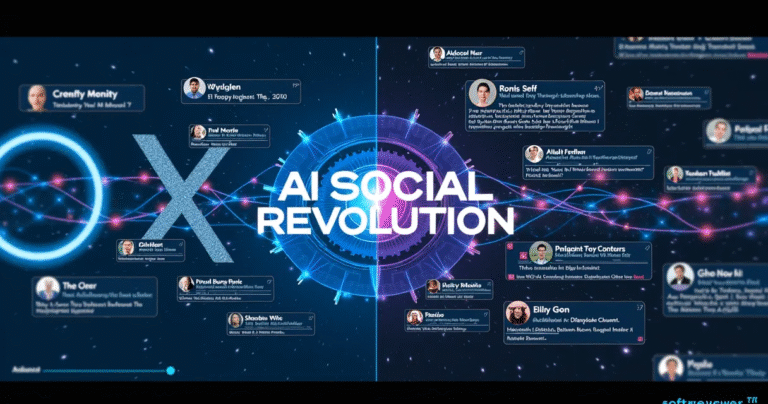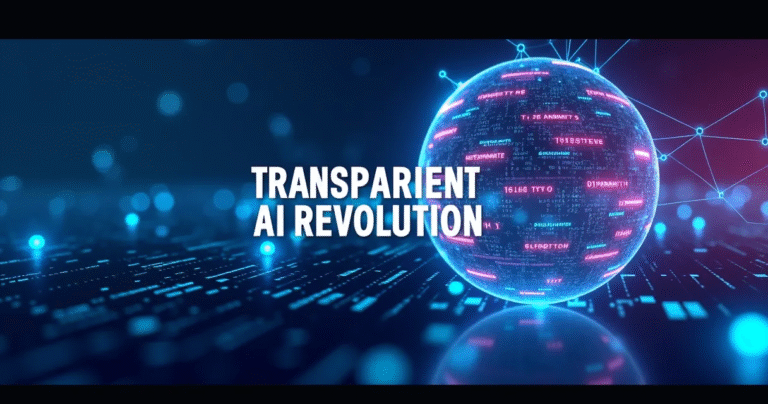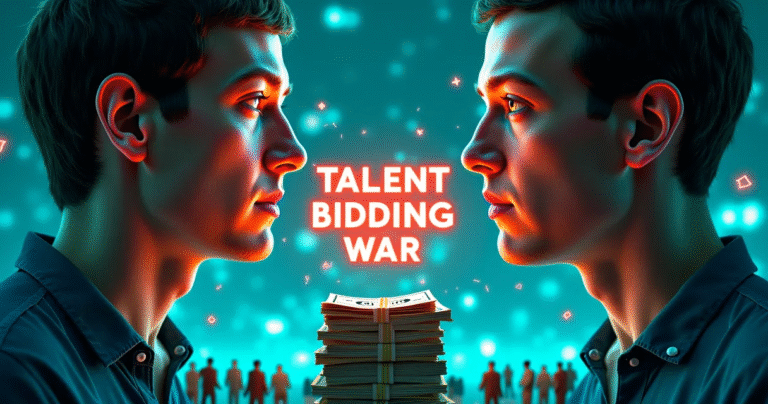The artificial intelligence powerhouse, OpenAI, known for its groundbreaking models like ChatGPT and DALL-E, is reportedly exploring uncharted territory: social media. Rumors suggest that OpenAI is developing a social media platform, potentially mirroring the functionality of X (formerly Twitter), sparking discussions about its strategic motivations and possible impacts on the social media landscape. This move, driven by the explosion of AI and the need for training data, could reshape how we interact with AI-generated content and challenge the dominance of existing tech giants.
OpenAI's Ambitions: More Than Just AI Models?
OpenAI's core focus has always been pushing the boundaries of AI development. However, whispers of a social media platform suggest a broader ambition: creating an ecosystem where AI seamlessly integrates with user interaction. Is OpenAI simply looking to showcase its image generation prowess, or does it have a grander vision for AI-driven social interaction? This foray into social media marks a significant shift, potentially positioning OpenAI as a direct competitor to the likes of Elon Musk's X and Meta, setting the stage for a fascinating showdown.
Decoding the Rumors: What We Know About OpenAI's Social Media Project
While OpenAI has remained tight-lipped, reports indicate that the social media project is in its early stages, with CEO Sam Altman reportedly seeking external feedback on a prototype. Here's what we've gathered so far:
A Platform for AI Interaction or Something More?
The prototype reportedly features a social feed centered around ChatGPT's image generation capabilities. This suggests the platform could be a hub for users to share and interact with AI-generated art, logos, and other visual content. Whether it will remain focused solely on AI-generated content or expand to encompass broader social interactions remains to be seen.
Key Features and Potential Differentiation
Details are scarce, but the platform is rumored to have a feed-like structure, similar to X. Possible features include:
- 📌 AI-assisted content creation: Helping users generate engaging posts.
- 📌 Integration with ChatGPT: Seamlessly incorporating AI into social interactions.
- 📌 Focus on visual content: Leveraging DALL-E's image generation capabilities.
The key differentiator could be the platform's integration with AI, allowing users to create and share content in ways not possible on existing social networks.
Why Social Media? Understanding OpenAI's Strategic Play
OpenAI's potential foray into social media isn't just about building another platform; it's about securing a strategic advantage in the AI race. Several factors likely contribute to this decision:
Data, Feedback, and the Future of AI Training
One of the primary drivers is access to data. Social media platforms generate vast amounts of real-time user data, which is invaluable for training AI models. Musk's Grok AI uses content from X, while Meta leverages the user base of Facebook and Instagram to power its Llama models. OpenAI currently lacks this direct stream of user data.
By building its own social network, OpenAI can gain a controlled pipeline of user-generated content, providing a constant stream of data to refine and improve its AI models. As publishers increasingly restrict access to their content, having a proprietary data source becomes even more critical.
Competing with Tech Giants: A Bold Strategy
Entering the social media arena allows OpenAI to compete more directly with tech giants like Meta and X. It's a bold move that could disrupt the existing social media landscape and position OpenAI as a leader in AI-driven social interaction.
The rivalry between OpenAI CEO Sam Altman and Elon Musk, a co-founder of OpenAI who later departed, adds another layer of intrigue. Musk reportedly made an unsolicited $97.4 billion offer to buy OpenAI, which Altman declined. Launching a competing social media platform could be seen as a direct challenge to Musk's X.
How Do Microsoft’s AI Advancements Impact the Development of OpenAI’s Social Platform?

Microsoft’s AI advancements play a crucial role in shaping OpenAI’s social platform by enabling more sophisticated interactions. The integration of enhanced capabilities allows for complex problem solving and user engagement. In particular, microsoft phi4 models revolutionize reasoning, providing a powerful framework for developing intelligent features that enhance user experience.
The Challenges Ahead: Navigating the Social Media Minefield
While the potential benefits are significant, OpenAI faces considerable challenges in entering the social media space.
Content Moderation in the Age of AI
Content moderation is a major hurdle for any social media platform. OpenAI must develop robust systems to address issues like:
- ⛔️ Misinformation: Preventing the spread of false or misleading information.
- ⛔️ Hate speech: Combating hate speech and online harassment.
- ⛔️ Harmful content: Removing content that promotes violence or endangers users.
Moderating AI-generated content presents unique challenges, as AI can be used to generate convincing fake news or impersonate real people. OpenAI must develop AI-powered moderation tools to detect and remove harmful content effectively.
User Acquisition and Platform Viability
Attracting users to a new social media platform is notoriously difficult. The market is already saturated with established players like Facebook, Instagram, and X. OpenAI must offer a compelling value proposition to entice users to switch from their existing platforms.
Building a viable social media platform requires significant investment in infrastructure, marketing, and community building. OpenAI must demonstrate that it's committed to the long-term success of the platform to attract and retain users.
Expert Opinions: What the Industry Is Saying
Industry observers suggest that a social layer could offer OpenAI something it currently lacks: proprietary, real-time user data that can be used to further train its models. This data is already fueling competitors, according to one analyst.
Another expert stated that the integration of Grok AI with X "has made everyone jealous," particularly how people are using it to create viral tweets. This suggests that OpenAI may be looking to replicate the success of AI integration on X with its own platform.
Implications and the Road Ahead for OpenAI's Social Platform
OpenAI's potential social media platform has far-reaching implications for the future of AI and social interaction.
The Future of AI-Driven Social Interaction
If successful, OpenAI's platform could pioneer a new era of AI-driven social interaction. Imagine a social network where AI assists users in creating compelling content, provides real-time translation, and personalizes the user experience. This vision could transform how we connect and communicate online.
The launch of a social app would no doubt intensify OpenAI's rivalry with X.com and Meta, pushing all three firms into a fresh turf war over AI-integrated digital communities.
👉➡️ To learn more about how OpenAI could leverage user data for AI training, you can explore resources on OpenAI's data usage policies.
Ultimately, whether OpenAI's social media venture succeeds or fails, it signifies a pivotal moment in the evolution of AI. It highlights the growing convergence of AI and social media, and the potential for AI to transform how we connect, create, and communicate online.







